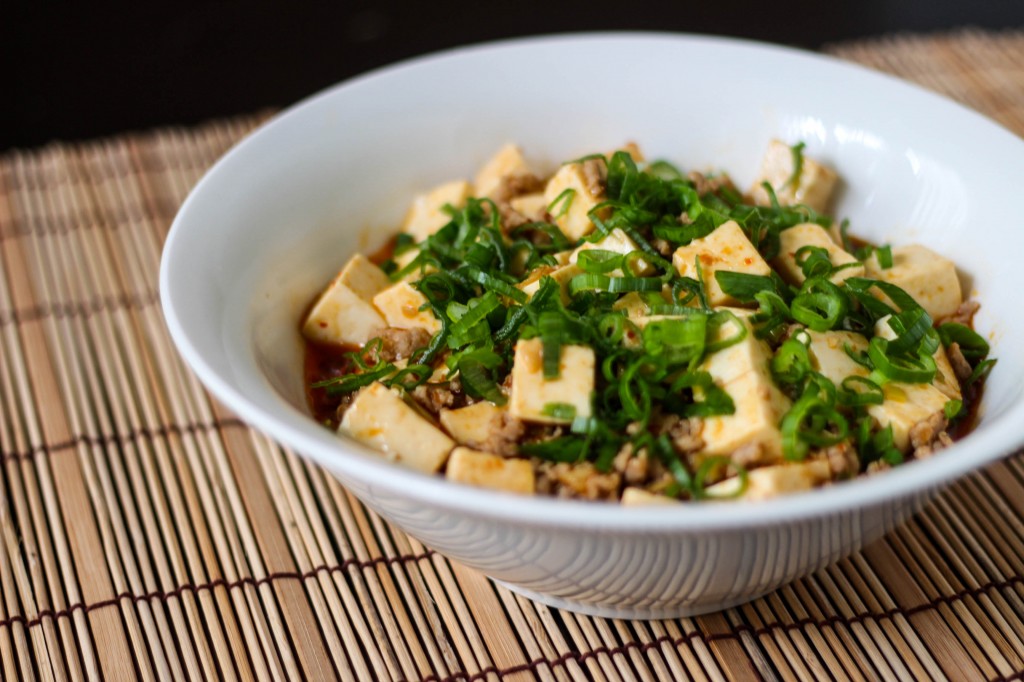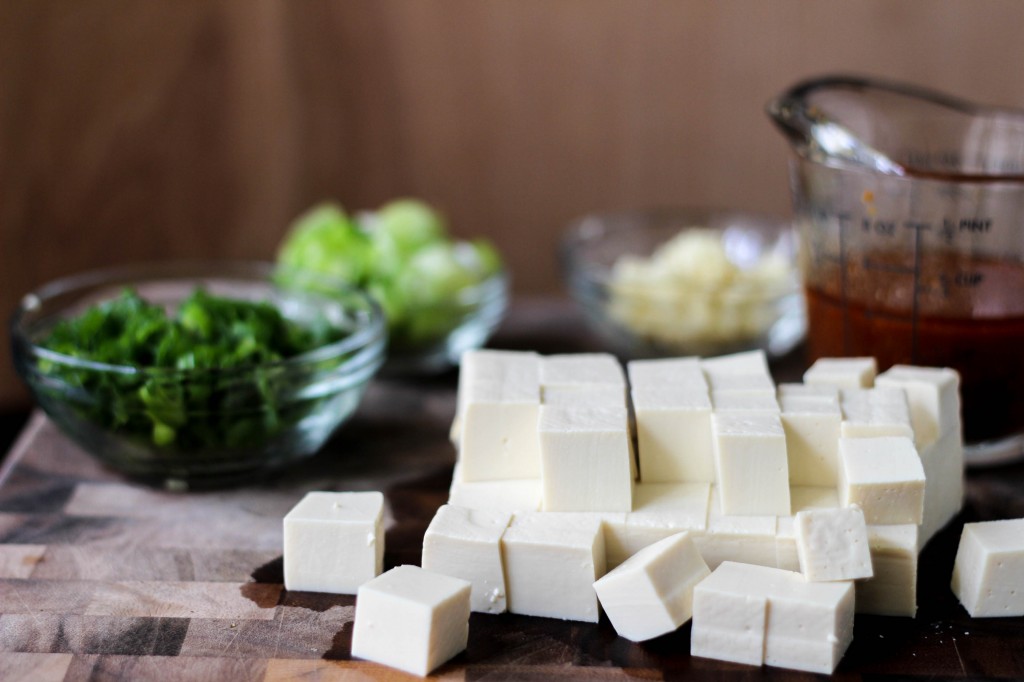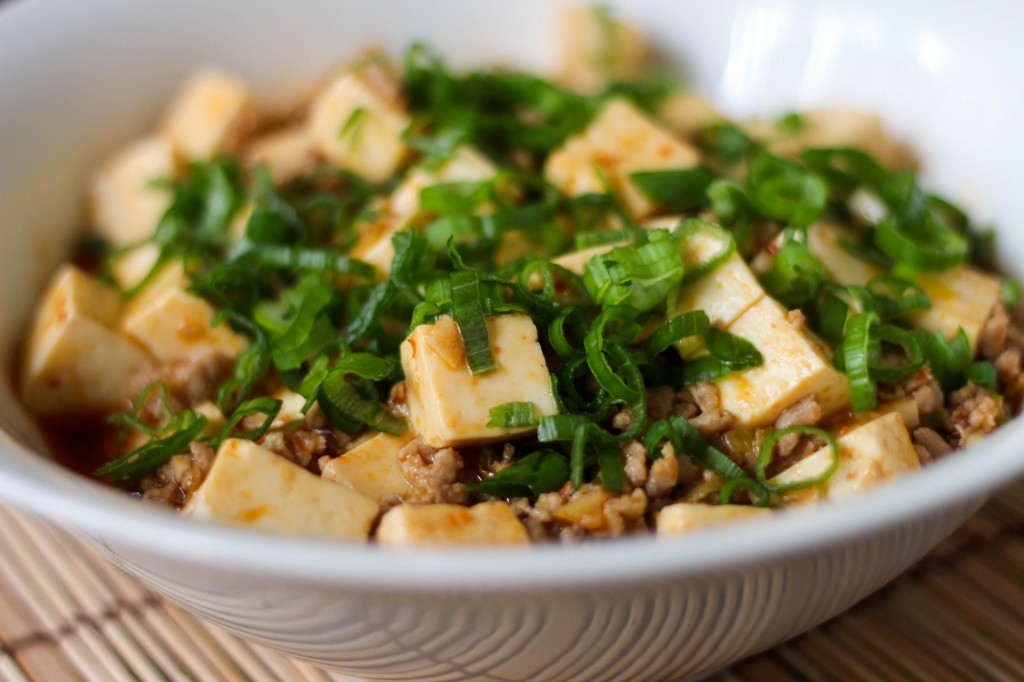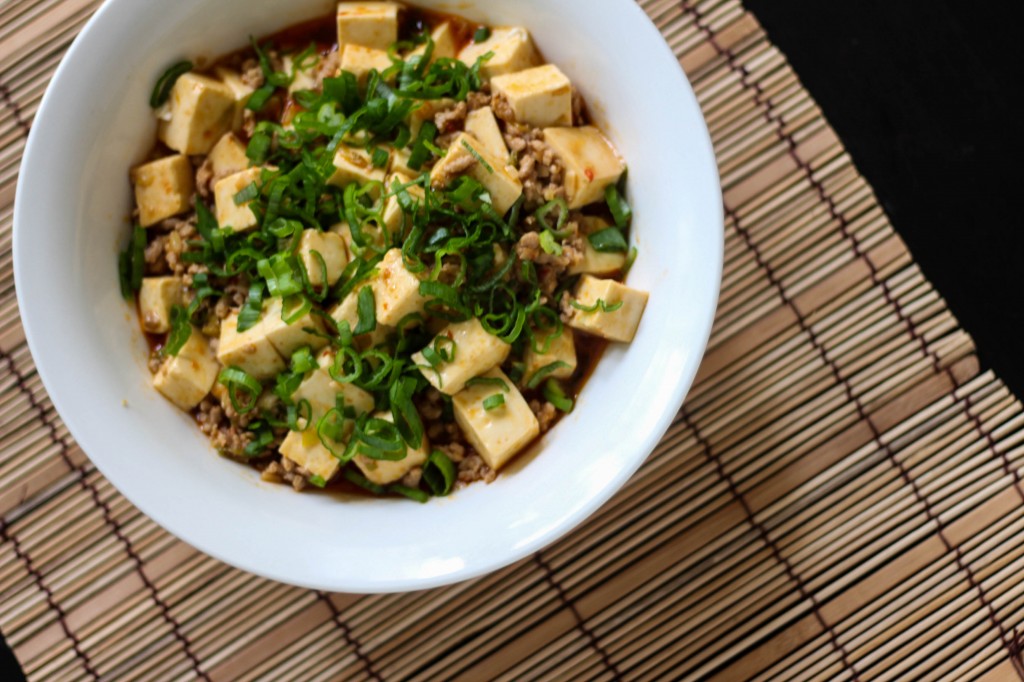
I have a weird addiction that needs to be confessed.
I… really love food from one culture as interpreted by another.
‘What?’ you must be thinking. ‘What does that even mean? Is she talking about fusion?’
I am–sort of. To clarify, I really love a culture’s take on a food that isn’t indigenous to their own country. The easiest example is Americanized Chinese food. Sticky-sweet, tangy orange chicken is definitely not authentic; it was created to satiate American palettes. On the flip side, when I was in Taiwan a few years ago I had a burger made with shredded beef and buns made of compacted sticky rice. Every country has its own take on ‘international’ cuisine, and although I usually prioritize eating the authentic local offerings… I always try something out of left field at least once, just to see how tastes differ around the globe. I’ve eaten Chinese “spaghetti” in Italy, and ‘authentic Chinese’ in the Philippines. Burgers in Monaco, lasagna in Mexico. Pizza in Taiwan. Sometimes I love it, and sometimes I want to hurl. (I’m looking at you, ‘seafood delight’ pizza in Taiwan…) But I think the way a certain dish tastes in a certain country gives away a lot of the popular tastes and preferences in that country–and that’s why I ultimately find it fun and rewarding.

Today’s recipe is a Japanese take on a very authentic and famous Chinese Szechuan dish–mapo tofu (麻婆豆腐), or as it’s known in Japan: Mabo Tofu (マーボー豆腐). The ingredients are unmistakably Japanese, and yet the flavor is very reminiscent of the original dish–minus the tongue-numbing Szechuan peppercorns, of course. Having made both, I have to admit that I prefer the Japanese take on the dish… but this is primarily because I have a lower tolerance for heat and therefore cannot appreciate the Szechuan version as well. The dish comes together very quickly and easily, as do most stir-fry dishes; the most laborious aspect of this recipe is the prep work involved prior to tossing everything in the wok.
My nesting bowls have been indispensable to me as I’ve continued to stir-fry more Asian dishes–I simply place each individual ingredient in a small nesting bowl and set it by the stove so that I can toss everything in rather quickly; a ‘mis-en-place’ if you will. When you are working with a wok cranked up to high heat, having everything you need at your fingertips is the difference between a savory dinner and unidentifiable black stuff stuck to the bottom of the pan (with your smoke alarm screeching in the background).
It sounds like I’ve speaking from experience, you say? Now what would give you that idea? ….haha.

The pictures I’ve included here contain ground pork instead of ground turkey, but if you’re looking to go a healthier route–I’ve made this recipe with both and both taste spectacular. (James prefers the turkey, actually, because it is more bland and carries the flavor of the sauce quite well.) I’ve made a few changes from the recipe linked below; namely, I’ve added double amounts of ginger and garlic, a larger amount of tobanjan, and a few drizzles of chili sesame oil onto the finished plate for an extra savory kick. This dish tastes delicious as a leftover and can be served over both steamed rice or quinoa–I especially love it with quinoa, which gives this soft dish a neat, grainy crunch with each bite.
One last thing–if this is your first foray into more authentic Japanese/Chinese cuisine, you may not be familiar with tobanjan, or chili bean sauce. This is THE ingredient that must not be substituted and makes mapo tofu what it is, regardless of what take on it you prefer. Most grocery stores have an Asian section that carries Lee Kum Kee brand sauces; if you do not have an Asian grocery store at your dispense I would check this section for tobanjan (looks like this, Amazon link). I think everything else has become mainstream enough for it to be fairly easy to find. Good luck!

Recipe adapted from No Recipes.






Hi 🙂
Thanks, great recipe! It’s one of my partners favorites (shes Japanese) and as she is busy working I made it, we often get the japanese packet Mabo Tofu and use that but after looking at your recipe I realised we had everything to hand. My kids loved it too, delicious!
Will keep checking back for more wonderful recipes.
Thank you so much Ben! I’m glad your family enjoyed the recipe 🙂 Happy cooking!
This recipe is sooooo good! Thanks for sharing. Made it twice already. Absolutely the best! 🙂
I’m glad you enjoyed it, Keiko! All the best to you 🙂
What is tobanjan? Can I use ground beef instead? Thanks for your input.
Hi! Tobanjan is a spicy fermented bean paste that has Chinese origins. Are you asking if you can substitute the ground turkey for ground beef? If so, yes! 🙂
Thank you for your speedy response. I can’t wait to try this recipe! Ysabeau.
Khis has become one my familys staple meals we all love it, i have taken a some creative liberties a few times now adding cilantro or onions pepers and mushrooms, no matter what it is always fantastic.
i have looked at several recepies and they never seem to strike me the way yours has.
Thank you for sharing this with everyone!